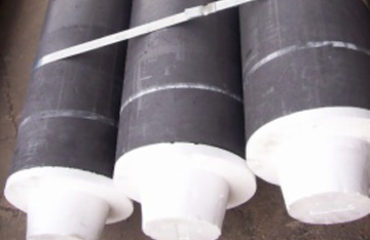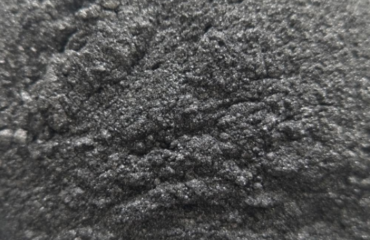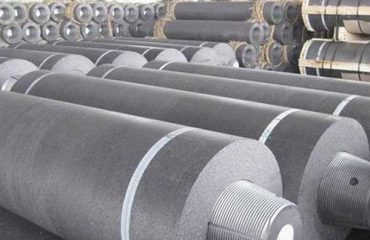Graphite Rods for non-metallic products, as a carbon arc gouging cutting process of a necessary welding consumables, is by the carbon, the graphite plus the appropriate adhesive, through the extrusion forming, after 2,200 ℃ bake the spin section to be plated a layer of copper to be made, bears the high temperature, the electrical conductivity is good, is not easy to break, is suitable to cut the metal to conform to the request shape.
Graphite rods are commonly used in high-temperature vacuum furnace electric body, the maximum use of temperature of up to 3,000 ℃, at high temperature easy to oxidize, in addition to vacuum, can only be used in neutral atmosphere or reductive atmosphere. Its thermal expansion coefficient is small, the thermal conductivity is larger, the resistance coefficient is (8~13) x10-6ω·m, processing is better than SIC, MoSi2 stick, high temperature resistance, extremely cold heat resistance is good, the price is cheaper.
1. Introduction
Graphite rods are commonly used in high-temperature vacuum furnace electric body, the maximum use of temperature of up to 3,000 ℃, at high temperature easy to oxidize, in addition to vacuum, can only be used in neutral atmosphere or reductive atmosphere. Its thermal expansion coefficient is small, the thermal conductivity is larger, the resistance coefficient is (8~13) x10-6ω·m, processing is better than SIC, MoSi2 stick, high temperature resistance, extremely cold heat resistance is good, the price is cheaper.
2. Graphite rod function
Platinum Gold smelting and alloy. Graphite Features: Strong antioxidant, low resistance race, the use of temperatures up to 1800 degrees Celsius and corrosion resistance.
Graphite Rods Supply graphite rods, grinding graphite rods, isostatic pressure graphite rods, high purity graphite/carbon graphite seals/carbon graphite bearings/EDM graphite.
3. Electrolysis reason
The conditions constituting the electrolytic pool constitute the condition of the electrolytic pool. DC power supply. (1) DC power supply. (2) Two electrodes. Two electrodes connected to the cathode of the power supply. wherein the cathode electrode connected with the cathode of the power supply is called the anode and the anode of the power supply, the electrode electrode connected with the cathode is called the anode, and the electrode connected with the cathode of the power supply is called the cathode cathode. It’s called a cathode. (3) Electrolyte solution or molten electrolyte. Electrolyte solution or Solution 4, two electrodes and electrode reaction, anode (connected to the cathode of the power supply): Oxidation reaction anode (connected with the cathode of the power supply): oxidizing cathode (connecting with the cathode of the power supply): The redox cathode (connected with the cathode of the power supply): The reduction reaction cathodic (connecting with the negative electrode): Restore the first group: Group I: Electrolytic CuCl2 anode cathode chlorine.



